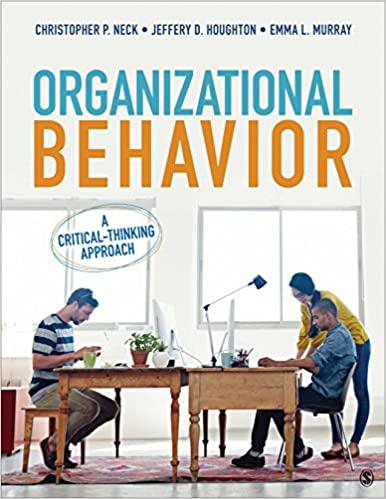You may not know the company by name, but if youve ever been to a casino, chances
Question:
You may not know the company by name, but if you’ve ever been to a casino, chances are you’ve had an IGT experience. The global powerhouse Nevada-based International Game Technology (IGT) specializes in computerized gaming machines and is the designer and manufacturer of well-known slot machines such as Red White & Blue, Double Diamond, and the ever-popular Wheel of Fortune games. Although IGT was acquired in 2015 by Italy-based GTECH—uniting the world’s largest provider of lottery systems (GTECH) with the world’s largest slot-machine maker—IGT’s manufacturing hub remains stationed in its hometown of more than 40 years, Reno, Nevada. A formidable player in the $430 billion global gambling business, the combined company retains the iconic IGT name and boasts 13,000+ employees and thousands of gaming machines in casinos all over the world. As longtime GTECH executive and IGT CEO Marco Sala told Bloomberg Business at the time of the acquisition, “This is a transaction that we firmly believe will transform the gaming industry. We will have a library of games that will surpass that of any other company in the industry.”
But during the Great Recession, IGT had experienced significant cuts in revenue and profit and worrying drops in share price. Competitors like Bally Technologies were eager to step in and grab market share, and grab they did. Like many companies, IGT was struggling to regain its footing in 2009—and its approach to team management on several different fronts is among one of its key strategies for recovery.
Streamlining Teamwork in “The Shop”
IGT had been focusing on teams since the early 2000s to keep its market position and to stay on top. In 2004, the company invested in iMaint, which helps IGT’s maintenance crew team manage work orders, scheduling, parts and inventory, and purchasing, as well as track costs and budget and project progress with easy-to-use graphs and charts—no small feat in a global company whose maintenance department alone is spread over a 1.2 million-square-foot facility. Although the system cuts out paperwork and streamlines streamlined processes, there is a very human element involved: its users. John Butterfield, facilities maintenance supervisor based in Reno, praised the system but insisted that training is the key. “Investing in training is money well spent for two reasons.
First, it helps employees understand how important their data is and thus provides better data and better history.
Second, it enhances the mechanics’ overall knowledge in the maintenance field. Now they not only know how to turn wrenches, but also have an understanding of how all the maintenance processes are put together (scheduling, parts ordering, contractor work) which in turn increases the entire team’s effectiveness.” Butterfield dedicated every second Friday of the month to continued training. “At our once a month training the employees learn more and I learn more. It’s a win-win.”
iMaint gave IGT an additional advantage: what would otherwise be costly and potentially disruptive—the testing of new processes—can could occur in the virtual environment first. When Butterfield’s crew wants to implement something new—be it changes to parts ordering, inventory management, scheduling, or codes—they could test it in iMaint’s training database first. Initiatives are either quashed or implemented, with the added benefit that those rolling it out have already developed a comfort level with the new process, and could anticipate possible challenges.
Virtual Teams Enter virtual teams. In 2009, Chris Satchell was hired by as chief technology officer (CTO) to help battle IGT’s financial woes. Satchell’s job was to keep an eagle eye trained on the competitive marketplace, to make sure IGTwannabes weren’t out-innovating the gaming giant. One of Satchell’s strategies was deploying virtual teams throughout the organization. He started small-scale efforts within his information technology (IT) department, perhaps the ideal testing ground, because its members were already accustomed to working on problems remotely and through machines.
Satchell found that the IT experiment proved his case: the benefits of virtual teams were tangible. Beyond the obvious benefits, like the ability to rely on top talent the world over without travel costs (because meetings could take place online), working remotely helped the company realize faster time to market. Satchell also noticed greater innovation, because the online environment, by its very nature, skirts bureaucratic interference, allowing employees a level of semi-autonomy.
Questions 1. What role did competition play in IGT’s decision to implement stronger team management for recovery?
2. Describe the benefits as well as shortcomings that IGT saw after implementing virtual teams.
3. Explain how IGT used systems like iMaint and Emergenetics to increase team effectiveness.
Step by Step Answer:

Organizational Behavior A Critical Thinking Approach
ISBN: 9781506314402
1st Edition
Authors: Christopher P. Neck, Jeffery D. Houghton, Emma L. Murray





